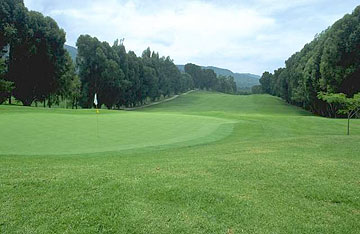Salinity Management Guide

Summary, and where to go for more information
From the foregoing pages, you have learned that salt dissolved in irrigation water can have effects on plants that range from helpful, to harmless, to harmful. The type and degree of those effects depend on a combination of what's in the water, what plants and soil are involved, and how all of these are managed. You've also learned that irrigating a landscape with recycled water may well be a viable option, especially if the water, plants, and soil are managed properly.
The goal for this module has been to provide practical information that anyone can use right away. Additional information about some of the topics covered here can be found in the Literature Review document located on this same CD-ROM disk. The following references may also prove useful:
- Carrow, R.N., and R.R. Duncan. 1988. Salt-Affected Turfgrass Sites: Assessment and Management. Ann Arbor Press, Chelsea, Michigan.
- Costello, L.R., et al. 2003. Abiotic Disorders of Landscape Plants: A Diagnostic Guide. Agriculture and Natural Resources Publication 3420, University of California.
- Dreistadt, S.H., J.K. Clark, and M.L. Flint. 2004. Pests of Landscape Trees and Shrubs: An Integrated Pest Management Guide, 2nd Edition. Agriculture and Natural Resources Publication 3359, University of California. (See, in particular, Chapter 6, which covers abiotic disorders, including salinity excesses, mineral excesses, and nutrient deficiencies or excesses.)
- Francois, L.E. 1980. Salt Injury to Ornamental Shrubs and Ground Covers. U.S. Department of Agriculture Home and Garden Bulletin no. 231. Softbound, 10 pages (pamphlet).
- Lazarova, Valentina, and Akica Bahri. 2005. Water Reuse for Irrigation: Agriculture, Landscapes, and Turf Grass. CRC Press.
| « Previous page | Next module » |